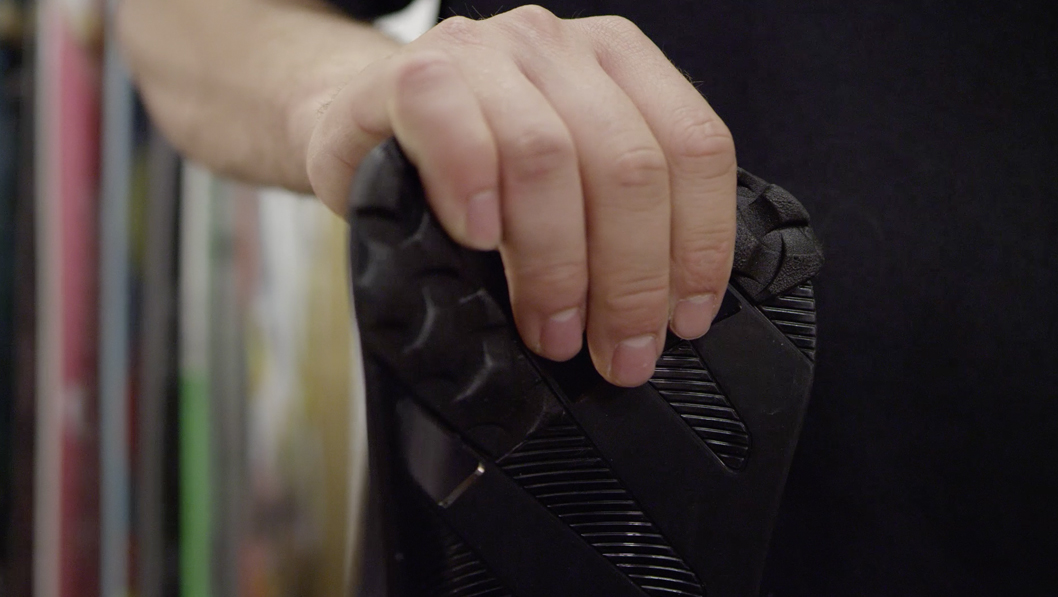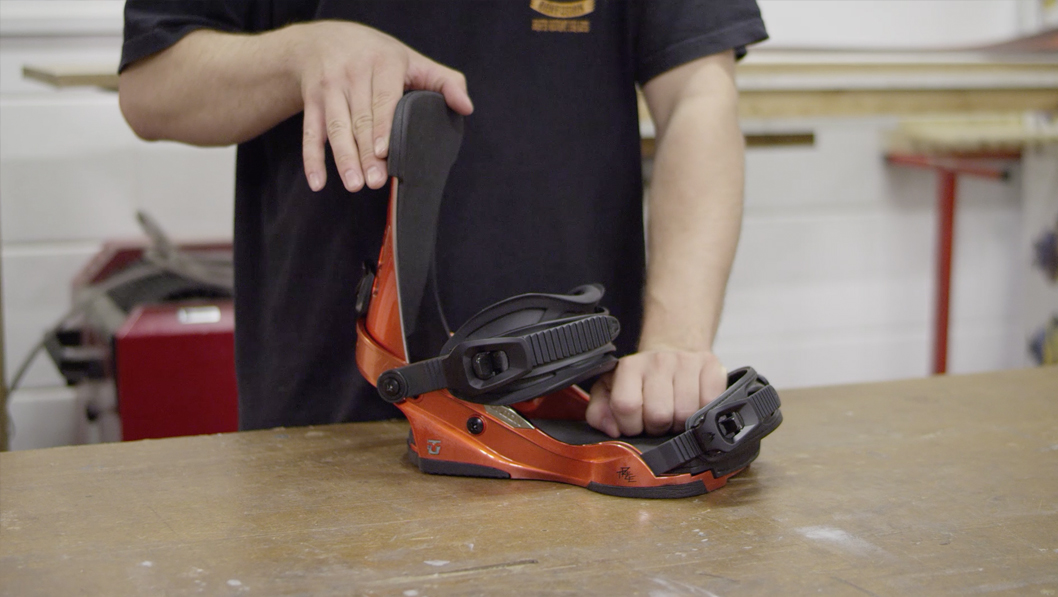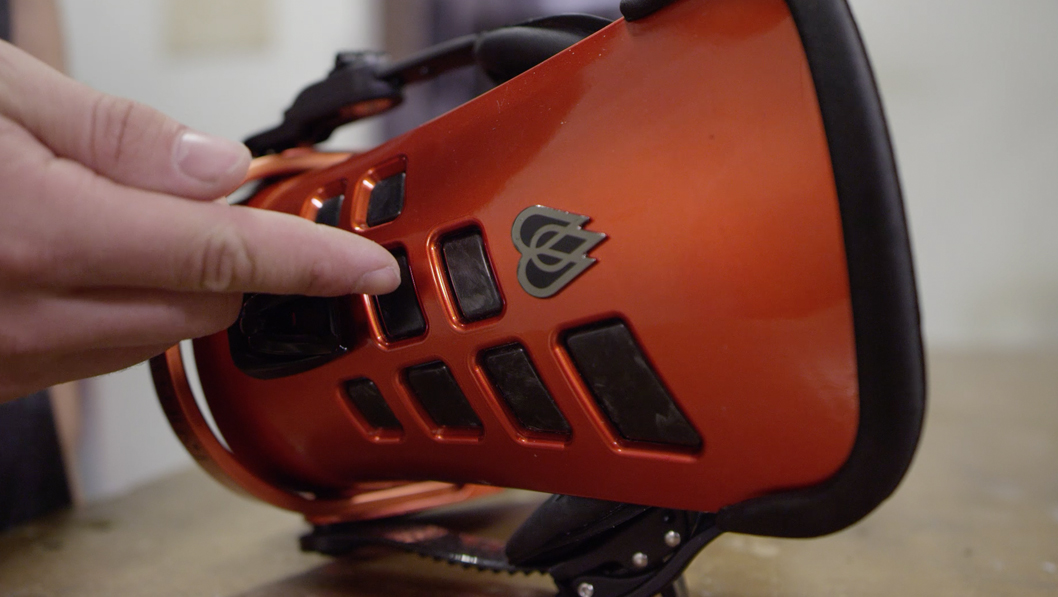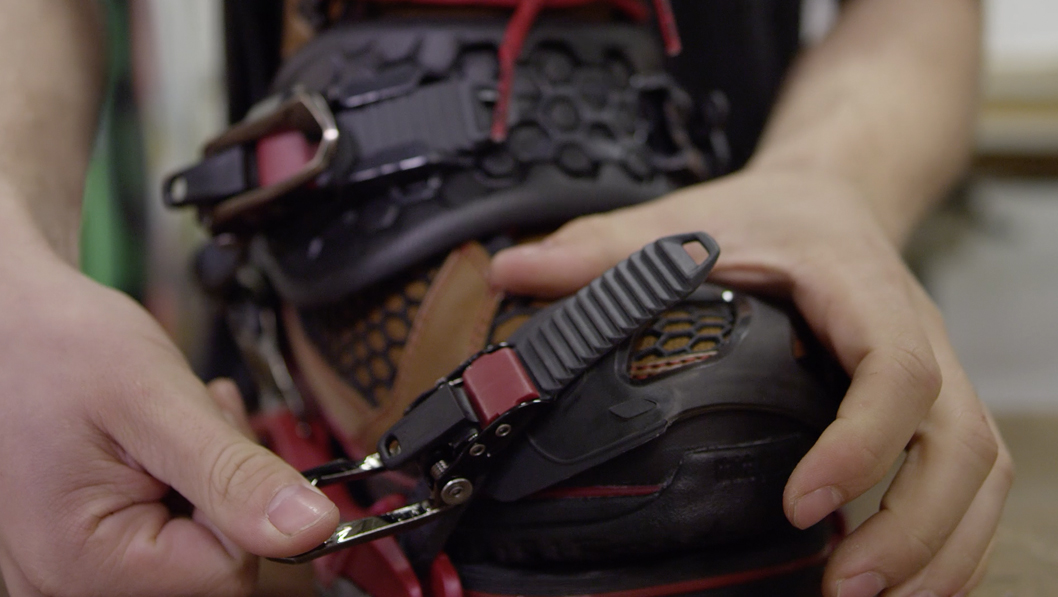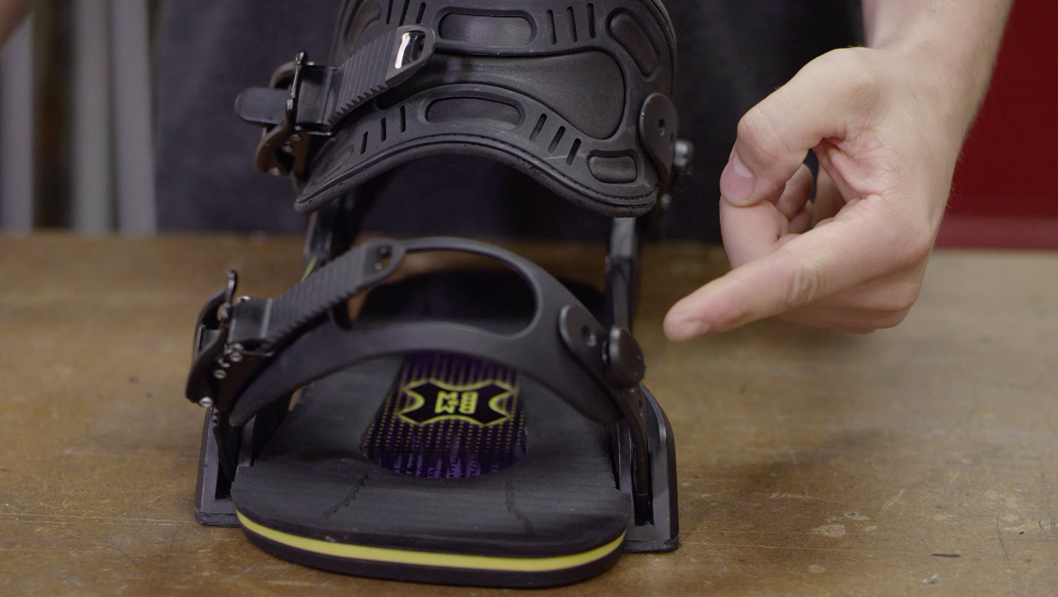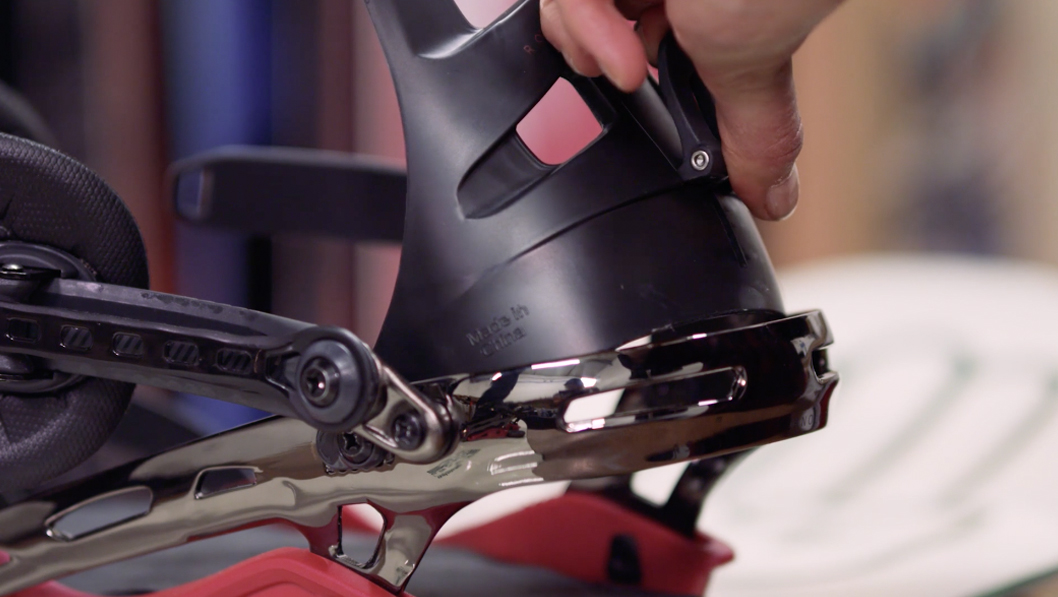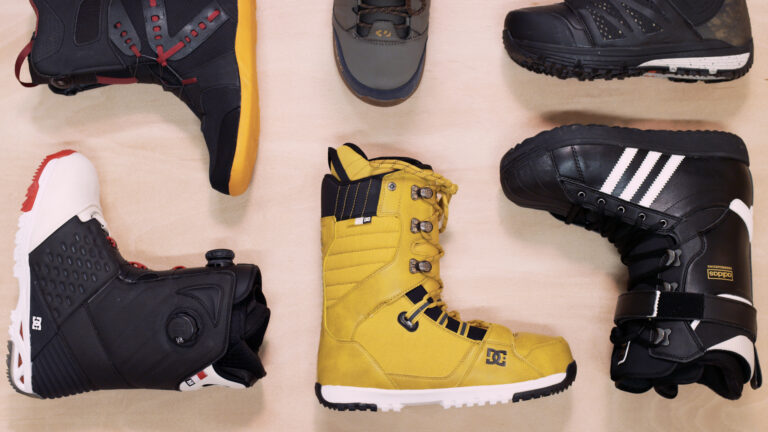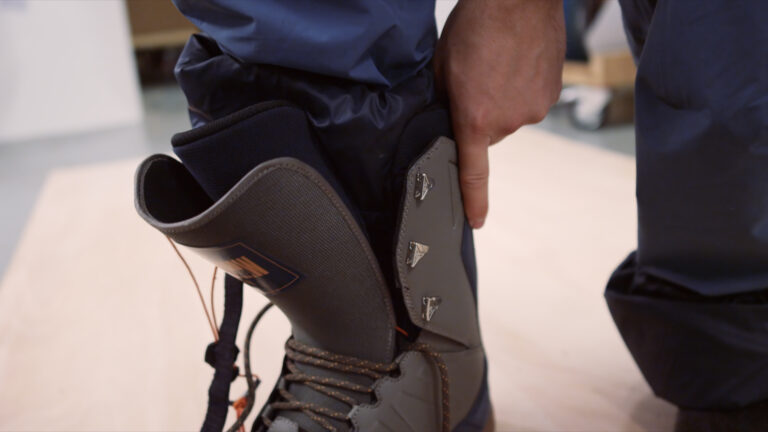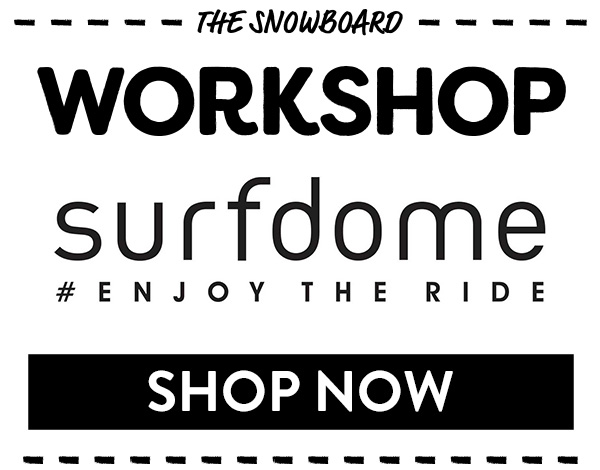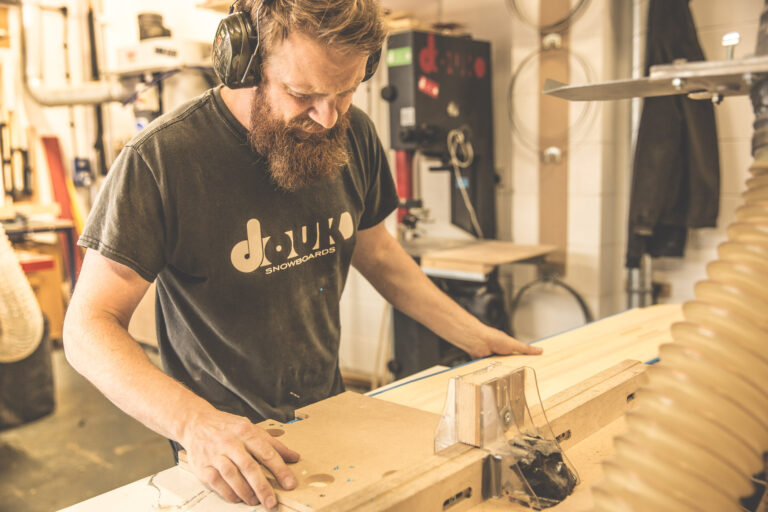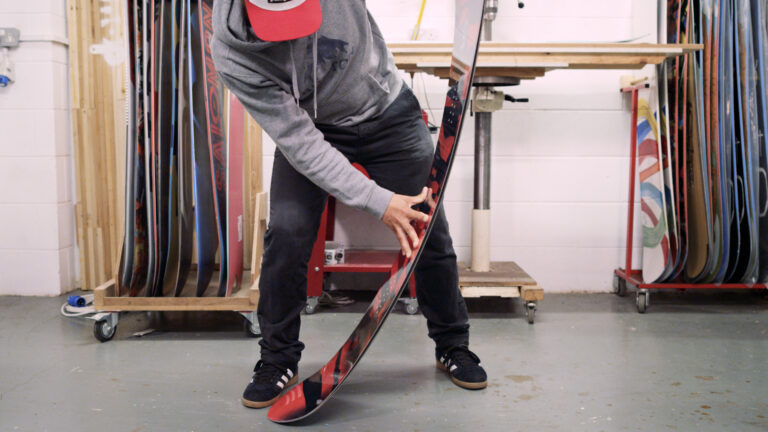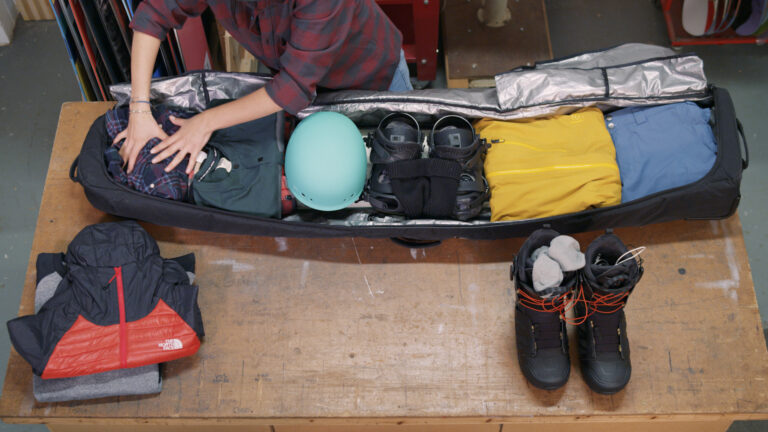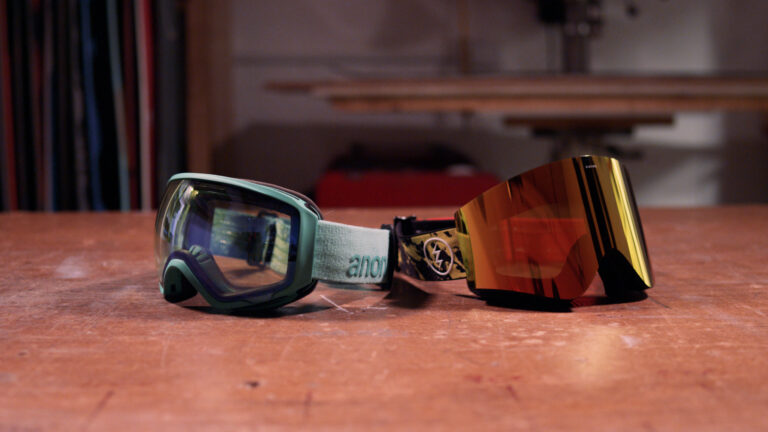If you imagine snowboard gear like a military-style chain of command, relaying orders from your body at the top to your board at the bottom, then bindings are your sergeants. As anyone who’s watched Platoon will know, these tough-as-nails enforcers are vital to effective operations in the field. There are three main things to consider when choosing your snowboard bindings: Fit, flex and features.
1. Fit
Obviously bindings come in different sizes to fit different boots, and a snug fit between boot and binding is vital for effective control. Perhaps less obviously, different bindings also fit different boards. While most brands’ products will work OK together there are exceptions – Burton‘s Channel System for example, which you can find out more about here.

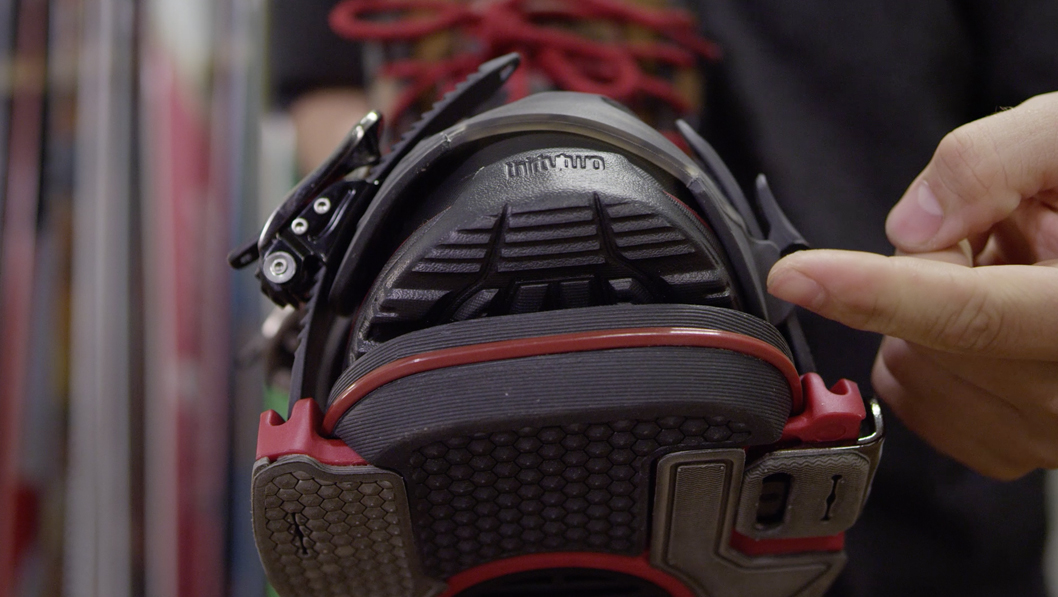 Whatever you’re going for, you’ll want to make sure your bindings will fit your boot and your board before you buy them!
Whatever you’re going for, you’ll want to make sure your bindings will fit your boot and your board before you buy them!